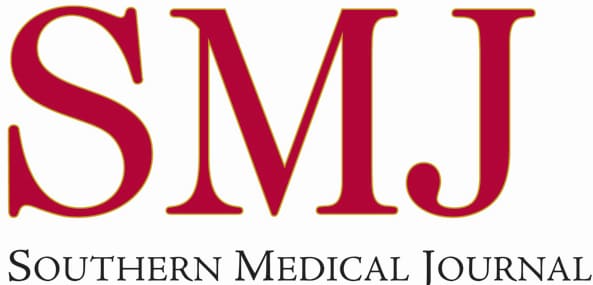Abstract and Introduction
Abstract
Depression has a high lifetime prevalence and recurrence rate, with more than one-third of affected patients experiencing treatment-refractory depression. These individuals should benefit from additional treatment options such as deep brain stimulation (DBS), a research-grade intervention. DBS is being investigated for its efficacy in treatment-refractory cases. We reviewed the English-language literature published between the years 2010 and 2015 regarding the utility of DBS for patients with treatment-refractory depression. The literature review revealed that most DBS research is open label, with few large randomized, placebo-controlled trials to confirm results. Long-term response rates with DBS were between 40% and 70%, with clinical effects depending on location of electrode placement. Improvement was documented to last for months to years. Although DBS is potentially efficacious and a relatively safe option for patients with treatment resistance, it is invasive, costly, and still considered experimental. Understanding of the neurobiology of depression, the mechanism of DBS action, and biomarkers that may predict patient response remains obscure. Future research should contain careful design, including homogenous inclusion criteria and characterization of pretreatment patient mood, somatic complaints, and cognition; consistent outcome measures; monitoring of depressive symptoms at different brain-positioning targets across an adequate time course; and records of stimulus parameters.
Introduction
Major depressive disorder has a lifetime prevalence of 15% to 20%.[1–7] Recurrence rates are high,[4,5] with up to 30% to 40% of affected patients developing treatment-refractory depression (TRD).[1,2,6–8] This number includes depressed individuals who are unresponsive to pharmacotherapy despite two adequate trials of antidepressant drugs.[4,5,9,10] Considering there is a 15% risk of suicide in individuals with TRD, this population may benefit from treatment options that go beyond standard therapies.[11]
Neuromodulatory techniques are available to correct brain circuitry, are less invasive, and are fully reversible.[2–4,9–12] Electroconvulsive therapy, transcranial magnetic stimulation, and vagal nerve stimulation are alternatives for patients with TRD.[2,4,5,10,11,13] Electroconvulsive therapy is effective; however, it results in an amnesic adverse effect. Transcranial magnetic stimulation and vagal nerve stimulation also are sometimes helpful. Unfortunately, none of these treatments prevents relapses of depression.[4,10]
Surgical procedures such as frontal lobotomy, dorsomedial thalamotomy, anterior capsulotomy, anterior cingulotomy, subcaudate tractotomy, or limbic leucotomy also have been used in cases of TRD. These interventions are invasive, expensive, and create irreversible, nonmodifiable lesions, however.[2]
Deep brain stimulation (DBS) and epidural cortical stimulation represent more invasive but reversible and modifiable techniques.[2,3,5,13] They are being investigated for their utility in subjects with TRD. Reportedly, DBS is effective, with an overall response rate of 40% to 70%.[1–3,9–12] DBS studies have not reported adverse effects on cognition in treated subjects.[10,11,13,14]
South Med J. 2016;109(11):700-703. © 2016 Lippincott Williams & Wilkins







